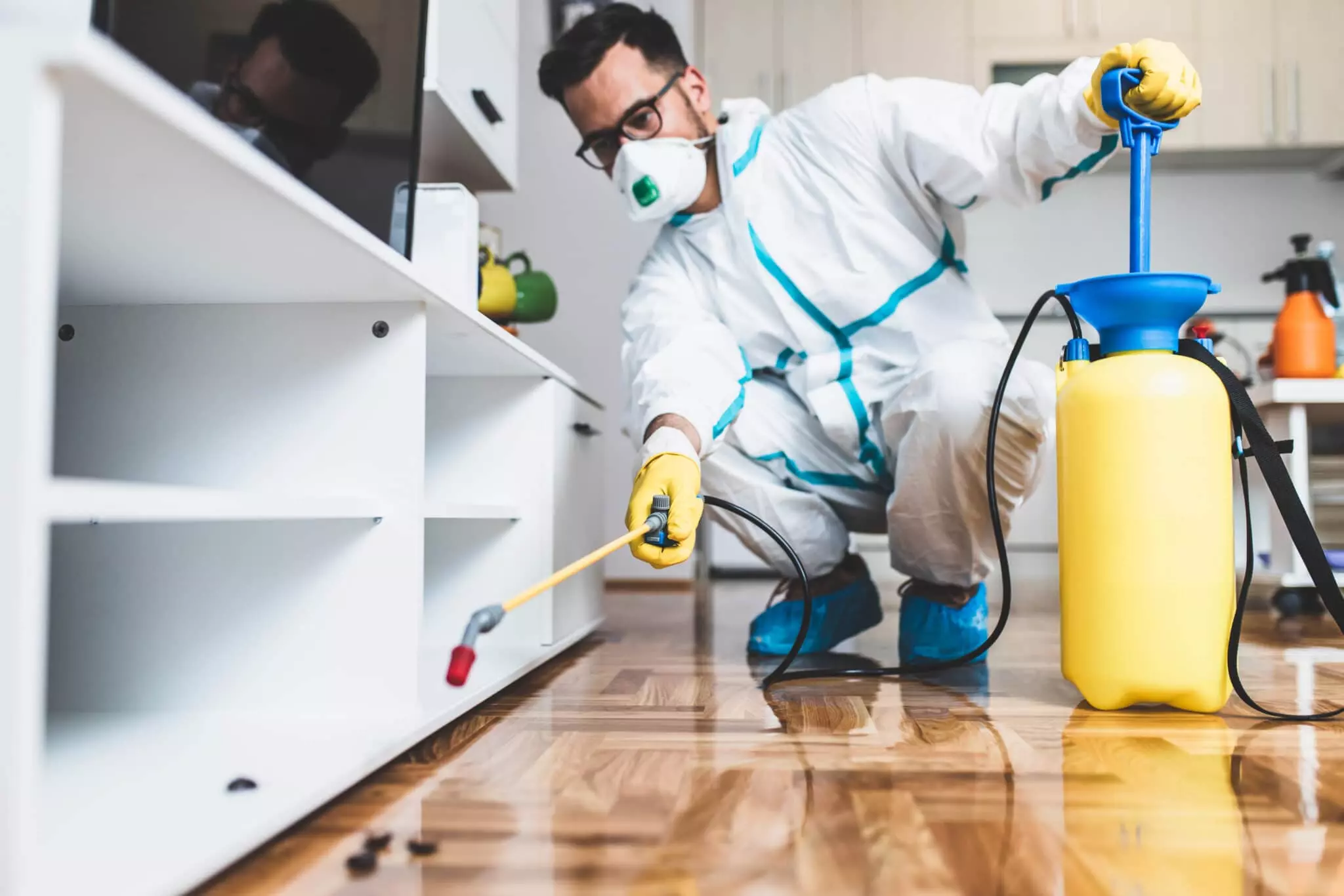Bed Insect Therapy Failure: Contrasting Chemical Vs. Non-Chemical Solutions
In the world of insect control, especially when taking care of the consistent concern of bed insects, the option between chemical and non-chemical treatment remedies can be an essential one. Both methods supply unique benefits and drawbacks, affecting factors such as performance, safety and security factors to consider, and total cost. By taking a look at the nuanced information of each technique, a clearer understanding of which course to seek in addressing a bed pest invasion can be acquired.
Effectiveness of Chemical Therapies
Chemical therapies for bed pest invasions have actually been commonly recognized for their powerful and fast efficiency in removing these parasites. When taking into consideration the efficiency of chemical treatments, it is essential to understand that they can supply a complete and quick solution to a bed pest problem.
Furthermore, chemical therapies have the advantage of using residual impacts, implying that they can continue to get rid of bed bugs even after the first application. This recurring action is particularly useful in combating any possible re-infestations. In addition, the quick action of chemical therapies can bring relief to individuals encountering serious bed pest invasions, allowing them to gain back control of their living areas promptly.
Security Interest In Chemical Solutions
One critical element that needs mindful factor to consider when making use of chemical solutions for bed insect therapy is ensuring the security of passengers and the atmosphere. While chemical therapies can be effective in getting rid of bed insects, they might pose dangers if not managed effectively. Among the key safety and security interest in chemical solutions is the potential damage they can cause to human health and wellness. Direct exposure to particular chemicals made use of in bed bug therapies can result in respiratory problems, skin irritation, or various other damaging reactions, specifically in individuals with pre-existing problems or sensitivities. Furthermore, improper application or dosage of chemical pesticides can result in toxic deposits sticking around in the cured location, posturing long-term health threats to passengers.
Additionally, the ecological impact of chemical options is another substantial factor to consider. Some pesticides utilized in bed insect treatments might be damaging to valuable pests, wildlife, and ecosystems if they leach right into the soil or water systems. It is vital to make use of chemical treatments judiciously, complying with safety and security guidelines, and considering less poisonous options to mitigate these dangers and ensure the efficient and safe management of bed pest infestations.
Advantages of Non-Chemical Strategies
Thinking about the potential safety and security problems and environmental impact associated with chemical services for bed pest therapy, discovering non-chemical methods presents an encouraging option with a number of distinct advantages. Non-chemical approaches use a much safer option for houses, specifically those with children, people, or pets conscious extreme chemicals. These methods remove the risks of exposure to hazardous compounds, lowering the possibility for damaging health results. Furthermore, non-chemical treatments are eco-friendly, as they do not add to air or water pollution, making them a lasting selection for parasite control.
Furthermore, non-chemical remedies can be efficient in targeting bed pests, including hard-to-reach locations where chemical treatments might not penetrate - A1 charlotte bed bug exterminator. Methods such as warm treatment, vacuuming, heavy steam cleaning, and bed mattress coverings provide extensive obliteration without the usage of harmful chemicals.
Limitations of Non-Chemical Treatments

Furthermore, non-chemical treatments often require numerous applications to accomplish successful eradication. This can be lengthy and may not always ensure full removal of all bed bugs and their eggs, specifically in covert or hard-to-reach areas.
Moreover, the success of non-chemical therapies greatly depends on correct execution and thoroughness, which can be testing for individuals without specialist competence. Poor application of non-chemical methods might cause incomplete eradication, causing persistent problems and the need for additional therapies.
Therefore, while non-chemical treatments have their benefits, it is necessary to recognize these restrictions and consider them when establishing the most efficient method for taking care of bed pest infestations.
Cost Contrast: Chemical Vs. Non-Chemical Options
Offered the restrictions connected with blog non-chemical treatments, an essential facet to examine in the context of bed bug administration is the expense comparison between chemical and non-chemical choices. Chemical treatments normally include the application of insecticides by professionals, which can vary from $250 to $900 per room, relying on the seriousness of the problem and the size of the location to be dealt with. On the other hand, non-chemical therapies like warm therapy or steam can be more expensive, with costs varying from $1,000 to $6,000 for an entire home. While the first cost of chemical therapies may seem reduced, numerous therapies might be needed to fully eradicate the problem, potentially boosting the general price. On the various other hand, non-chemical options may provide a much more environmentally friendly and lasting remedy, although they can be cost-prohibitive for some people. Ultimately, when taking into consideration the cost of bed pest treatment options, it is essential to evaluate dig this the ahead of time expenditures versus the effectiveness and long-lasting sustainability of the selected approach.
Verdict

Thinking about the potential safety worries and ecological impact associated with chemical services for bed pest therapy, exploring non-chemical strategies provides a promising choice with numerous distinct benefits.Provided the constraints associated with non-chemical therapies, an essential element to assess in the context of bed bug monitoring is the cost contrast in between chemical and non-chemical options. In comparison, non-chemical treatments like warm treatment or steam can be more expensive, with prices varying from $1,000 to $6,000 for an entire home. While the preliminary cost of chemical treatments may appear lower, numerous therapies may be called for to completely remove the infestation, potentially enhancing the overall cost.In verdict, moved here when contrasting chemical and non-chemical bed pest therapy options, it is important to take into consideration efficiency, safety and security, advantages, constraints, and expense.